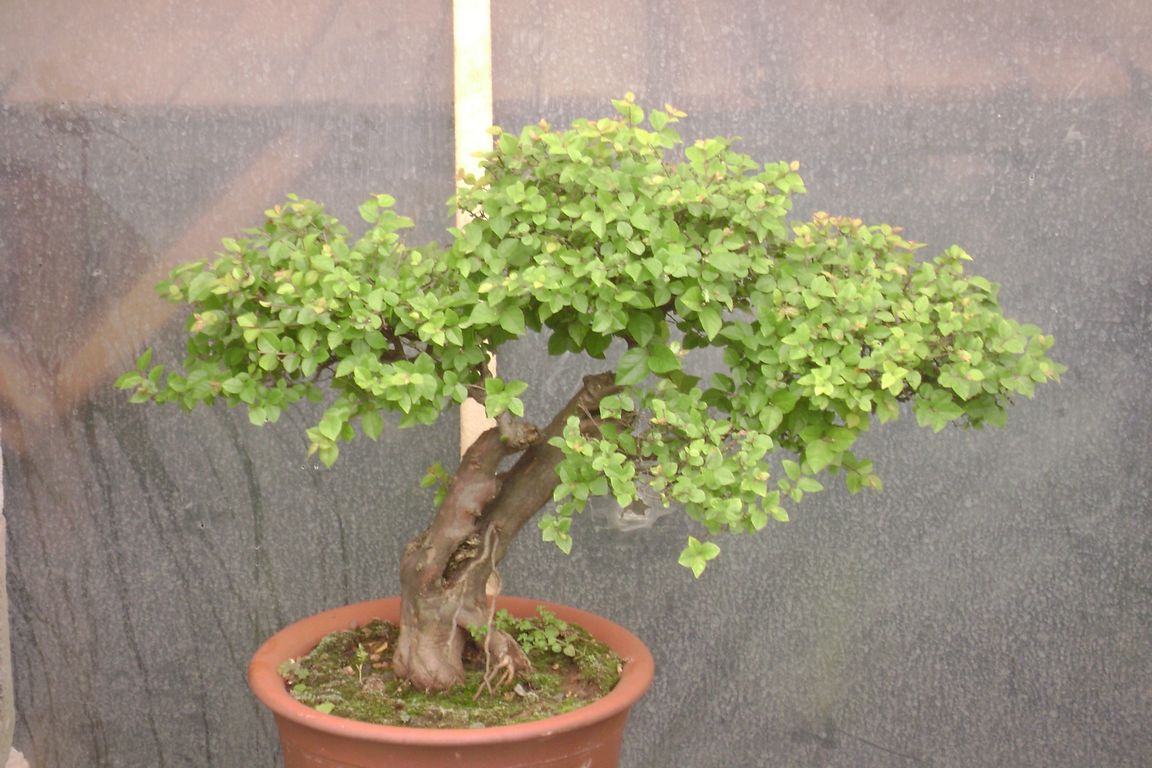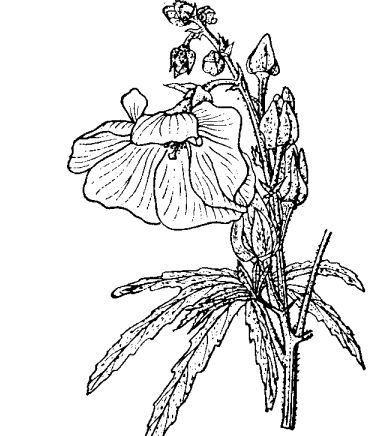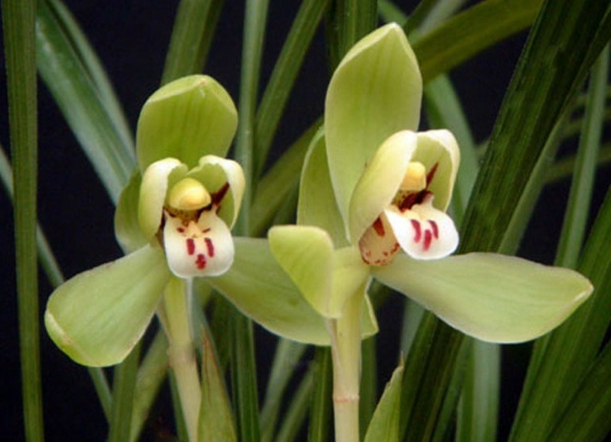How to breed sparrow plum?
It is better to use natural water such as river water, pond water and Rain Water. If tap water needs to be stored for two days, it is more appropriate to make the chlorine run away and reuse. Laundry water containing soap, and water with oil and salt should never be used.
Fertilization should pay attention to too much fertilizer, branches and leaves grow, lack of fertilizer, the branches are thin and weak, the leaves turn yellow, and are vulnerable to diseases and insect pests. Therefore, there should be principles for fertilization: newly planted, newly pots, newly changed pots, and roots damaged can not be fertilized within a month. In spring and summer, when potted trees grow in peak season, more fertilizer must be applied. After autumn, potted trees should be applied less if they grow slowly. In winter, potted trees can stop fertilizing when they go dormant. It is not suitable to apply fertilizer around noon in rainy days or midsummer. The application of fertilizer solution is best in cloudy days or in the evening, when the basin soil is slightly dry, it is necessary to loosen the soil to facilitate the infiltration of fertilizer and water into the soil. In order to speed up the decomposition of fertilizer, it must be drenched in the morning.

Third, the basin soil should be good. The Finch plum stump originally grew in the wild area, with well-developed roots, drought and waterlogging resistance,-once it was dug up by people and planted in a shallow basin close at hand, the growth conditions were limited, such as improper maintenance and easy death, so it should be taken care of very carefully. To choose a well-drained flower paste, during maintenance, the basin soil had better be thicker. Change the new soil every two years and apply some base fertilizer to protect the fertile soil and make the pile scene grow normally.
Fourth, pruning should be timely-like pruning time, which is suitable in late spring and early autumn, when the sparrow plum stump sprouts most strongly and grows most vigorously. Cut off long branches, overlapping branches, cross branches, radiant branches, withered branches, diseases and insect pests at any time. However, it should be noted that in hot weather, it is easy to burn new buds and roll leaves, so after pruning, it is best to leave it in a cool place to see strong light after sprouting normally.
Fifth, diseases and insect pests to control sparrow plum stump diseases and insect pests are common longicorn beetles, commonly known as "heart beetles." The female longicorn beetle bites through the bark to lay eggs on the branches, and the newly hatched larvae eat under the bark and grow into the trunk and roots. the damaged plants are often eaten and withered. During the prevention and control, the position of the insect pest can be judged according to the feces, and the larvae can be stabbed with appropriate iron wire, or the cotton ball plug wormhole can be soaked with 200 times solution of dichlorvos, the larvae can be poisoned with medicine, and then sealed with wet mud. Red spider, known as fire spider, is also a common pest of Finch plum pile scene, its body is less than 1 mm, orange-red or reddish brown oval. The red spider builds a web on the plant leaves and uses its □ device to pierce into the branches and leaves to absorb juice, the chlorophyll of the damaged leaves is destroyed, the color becomes yellow and pale, the leaves show fine gray-yellow spots, and the leaves gradually wither and fall, and some even the whole plant leaves are stripped and withered. Can spray wine dichlorvos or dimethoate 1000 times liquid to 1500 times liquid, eliminate it.
How to raise sparrow plum and how to do it?
Finch plum has upright temperament, good adaptability, diverse posture, suitable for making various styles of bonsai, very ornamental. But how to raise sparrow plum? What if the sparrow plum is withered? Next, I will tell you about the relevant knowledge of sparrow plum.
How to breed sparrow plum
1. Humidity
Finch plum likes the humid climate environment, and requires that the relative temperature of the air in the growing environment is 70% to 80%. If the air relative humidity is too low, the lower leaves will yellowing and fall off, and the upper leaves will not be glossy.
2. Temperature
Because Finch plum is native to the tropics and likes the environment of high temperature and humidity, it has strict requirements on winter temperature. It stops growing when the ambient temperature is below 10 ℃ and can not survive the winter safely when the frost occurs.
3. Lighting
Sparrow plum likes a semi-shaded environment. It needs plenty of sunshine in autumn, winter and spring, and more than 50% shade in summer. Indoor maintenance of Finch plum, as far as possible in bright places, such as well-lit living room, bedroom, study and other places. After indoor maintenance for a period of time, it should be moved to an outdoor shaded place for maintenance for a period of time, so that alternating exchange can grow well.
4. Fertilizer and water
For potted sparrow plum plants, in addition to adding organic fertilizer when potting, proper fertilizer and water management should be carried out in the usual maintenance process, so that sparrow plum can grow well.
5. Disease and pest control
(1) the common diseases and insect pests of Finch plum stump are longicorn beetles, commonly known as "heart bugs". The female longicorn beetle bites through the bark to lay eggs on the branches, and the newly hatched larvae eat under the bark and grow into the trunk and roots. the damaged plants are often eaten and withered.
Prevention and control methods: the location of the insect Finch plum damage can be judged according to the feces, and the larvae can be stabbed to death by inserting appropriate iron wire into the wormhole, or soaking the cotton ball with dichlorvos 200 times solution, killing the larvae with drugs, and then sealing them with wet mud.
(2) Red spider, also known as fire spider, is also a common pest of Finch plum pile scene, its body is less than 1 mm, orange-red or reddish brown oval. The red spider forms a web on the plant leaves and uses its mouthparts to pierce into the branches and leaves to absorb juice, the chlorophyll of the damaged leaves is destroyed, the color becomes yellow and pale, the leaves show fine gray-yellow spots, the leaves gradually wither and fall, and some even the whole plant leaves are stripped and withered.
Control method: can spray dichlorvos or dimethoate 1000 times liquid to 1500 times liquid, eliminate it.
What if the sparrow plum is withered?
Generally speaking, there are no more than three reasons for the drying up of sparrow plum piles:
1. Physically, the pile skin is injured due to the collision.
2. Pathologically, it is caused by bacteria and viruses, but this situation is rare.
3. Physiological and the most important, the first two cases are more or less related to this situation, because of the special physiological structure of sparrow plum pile.
The vascular bundle of the epidermis of Finch plum is different from ordinary tree species, it is only monoconductive, just like a row of tubes that are cut off from the middle will completely lose the function of transporting water. Unlike other tree species, it cuts off the vascular bundle on the tree trunk, and the truncated vascular bundle cells are all connected with the surrounding vascular bundle cells to grow new vascular bundles and then heal.
Therefore, in the process of cultivation and pruning of the sparrow plum pile, there is usually an extra length of the bud eye above the opposite side of the branch to be retained, and the upper and lower bud eyes will sprout when germinating, and then the bud above will grow the fastest due to the effect of the top advantage. at this time, the top bud will be pruned properly to control its growth, just let it not die, and let the top advantage slowly transfer to the branches to be left below. When the top advantage of the upper branch has been completely transferred to the lower branch, it can be seen that the upper branch pile skin above the lower branch has shrunk, and the lower branch is obviously thicker than the upper one, and the extra top branch can be pruned at this time.
The above are some answers to how to raise sparrow plum and how to do sparrow plum withered. I hope it can help you. Please pay attention to more household knowledge.
How to raise sparrow plum bonsai culture points for attention
Everyone knows that it is not easy to make a pot of sparrow plum bonsai. We must take careful care of the bonsai that we have invested so much time and energy. So what are the matters needing attention in the maintenance of sparrow plum bonsai? Let's explain to you one by one from many angles:
Maintenance of sparrow plum bonsai
1. Place of placement: sparrow plum should be placed in a ventilated and transparent place. When it is hot in summer, it should be properly shaded and cold-resistant in winter. Jiangnan can be buried outdoors in the soil to survive the winter, but it should be put indoors in cold areas.
2. Watering: potted Finch plum should always keep the basin soil moist, especially when it is hot in midsummer and the weather is dry, pay attention to watering and spraying water frequently to prevent the basin soil from drying.
3. Fertilization and maintenance: the fertilizer of sparrow plum bonsai can be put in a sealed fermentation tank with cake fertilizer or kitchen waste, then the upper layer is diluted 5 times with water. At the same time, sparrow plum is an acid-loving plant, 1% ferrous sulfate should be added to the retting fertilizer and water.
4. heat preservation and maintenance: Finch plum bonsai has poor cold resistance, easy to freeze and dry up, and even die. Therefore, it should be kept indoors in winter, and pay attention to ventilation, the room temperature should be kept above 5 ℃; when the room temperature is more than 25 ℃, the window can be opened to avoid excessive growth caused by high temperature; when the room temperature is less than 5 ℃, plastic insulation can be used. When the room temperature is lower than 0 ℃, hot water heating and other warming methods should be adopted to ensure the safe overwintering of Finch plum bonsai.
5. Basin turning maintenance: Finch plum bonsai needs to be turned once every 3 to 4 years, and it is appropriate to do it before sprouting in spring. When turning the basin, cut off part of the old roots, withered roots and overgrown and dense roots, replace the old soil of 1Comp2, and cultivate fertile and loose culture soil to promote the growth and development of new roots.
6. Pruning and maintenance: sparrow plum is very resistant to pruning, which can be trimmed once after autumn to remove some overdense branches and leaves and cut off all kinds of messy branches or growing branches, so as to maintain a certain styling posture and promote its branches and leaves to flourish. Finch plum has a strong sprouting power, so it should be carried out in time to make axillary buds sprout lateral branches. the more times of heart-picking, the denser the branches and leaves.
7. Prevention and control of diseases and insect pests: longicorn beetles, commonly known as "heart bugs", are common pests in sparrow plum stumps. The female longicorn beetle bites through the bark to lay eggs on the branches, and the newly hatched larvae eat under the bark and grow into the trunk and roots. the damaged plants are often eaten and withered. During the prevention and control, the position of the insect pest can be judged according to the feces, and the larvae can be stabbed with appropriate iron wire, or the cotton ball plug wormhole can be soaked with 200 times solution of dichlorvos, the larvae can be poisoned with medicine, and then sealed with wet mud. Red spider, also known as fire spider, is also a common pest of Finch plum pile scene, its body is less than 1 mm, orange-red or reddish brown oval. The red spider forms a web on the plant leaves and uses its mouthparts to pierce into the branches and leaves to absorb juice, the chlorophyll of the damaged leaves is destroyed, the color becomes yellow and pale, the leaves show fine gray-yellow spots, the leaves gradually wither and fall, and some even the whole plant leaves are stripped and withered. Can spray dichlorvos or dimethoate 1000 times liquid to 1500 times liquid, eliminate it.
The above is the introduction of the maintenance knowledge of sparrow plum bonsai. I hope it can be helpful to everyone!
- Prev

Cultivation and planting techniques of Abelmoschus Manihot
[alias] okra, okra. Malvaceae, genus okra. [morphology] annual grass, plant height 2 meters, branched, sparsely hirsute. Leaves alternate, palmately 5-9-parted, lobes rounded-lanceolate, coarsely toothed, hirsute on both sides, 8-18 cm long, petiole 6-18 cm long
- Next

Breeding methods and matters needing attention of Song Mei (Chunlan Song Mei)
Song Lan is native to central and southern China. Like cool, moist and ventilated, avoid extreme heat, dryness and direct sunlight. The soil is required to be well drained, rich in humus and slightly acidic. The north should be cultivated in a greenhouse in winter with a minimum temperature of not less than 5 degrees Celsius. Song Mei is very easy to grow, but it takes a lot of work to have good flowers.
Related
- Fuxing push coffee new agricultural production and marketing class: lack of small-scale processing plants
- Jujube rice field leisure farm deep ploughing Yilan for five years to create a space for organic food and play
- Nongyu Farm-A trial of organic papaya for brave women with advanced technology
- Four points for attention in the prevention and control of diseases and insect pests of edible fungi
- How to add nutrient solution to Edible Fungi
- Is there any good way to control edible fungus mites?
- Open Inoculation Technology of Edible Fungi
- Is there any clever way to use fertilizer for edible fungus in winter?
- What agents are used to kill the pathogens of edible fungi in the mushroom shed?
- Rapid drying of Edible Fungi

